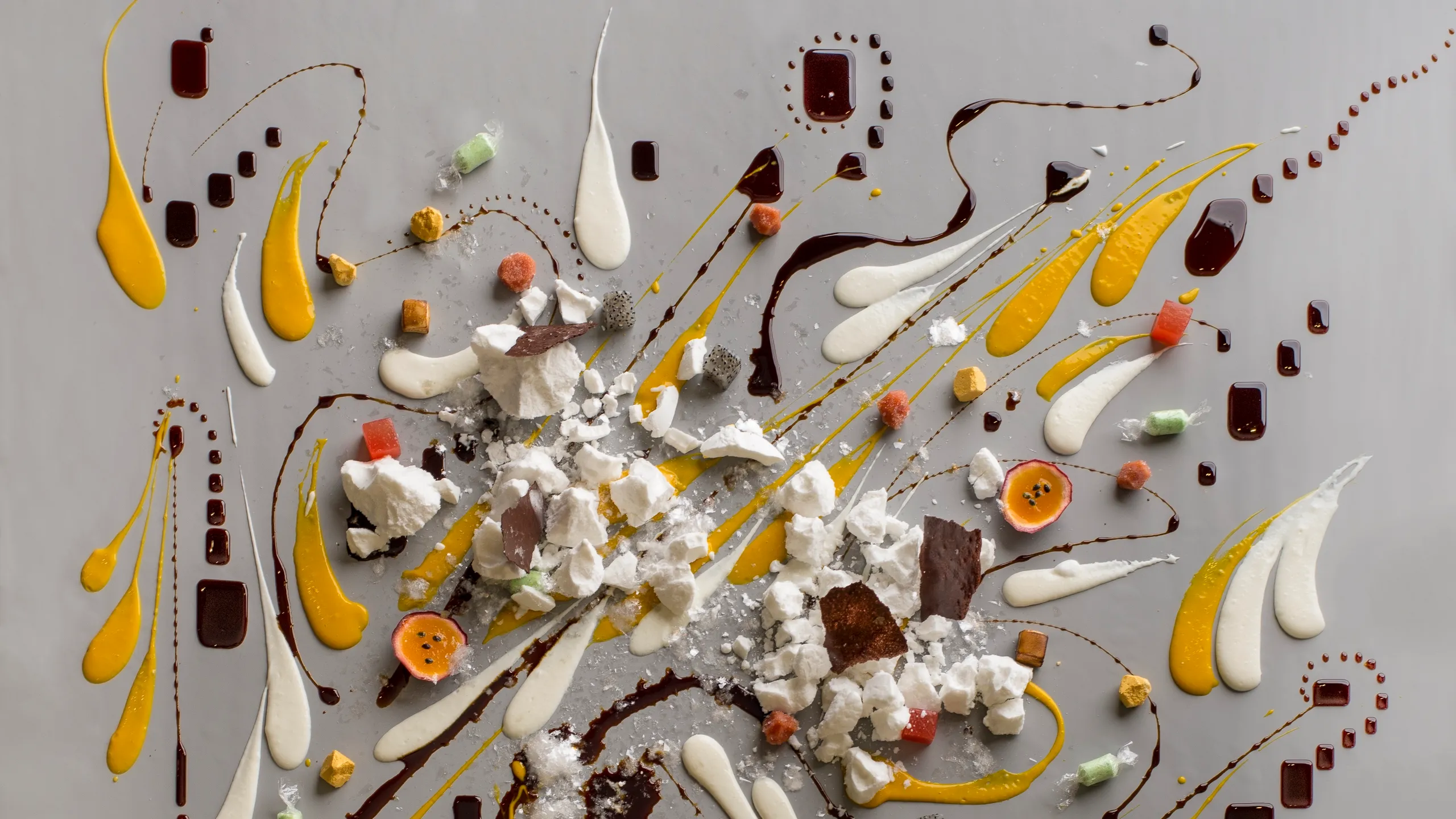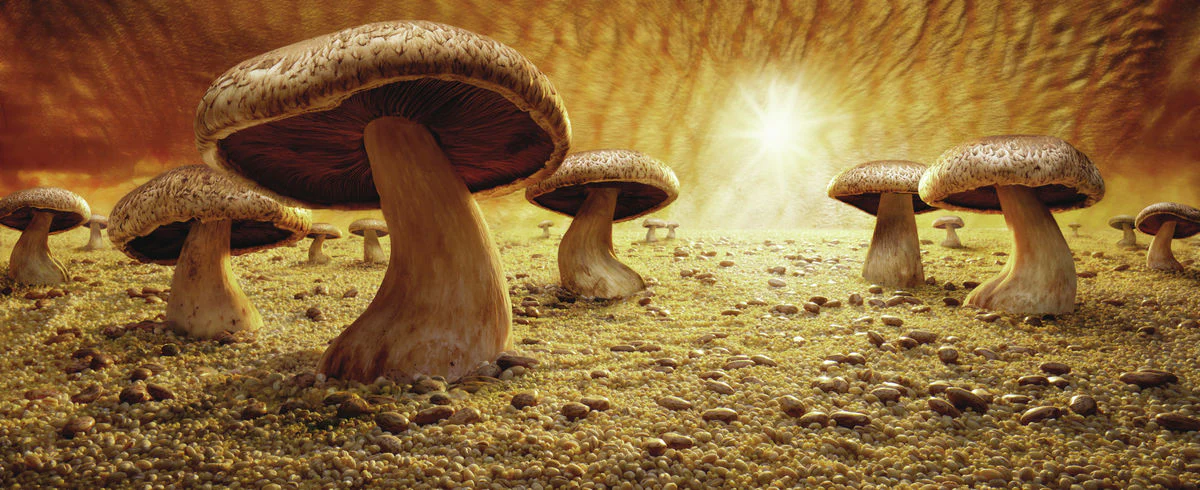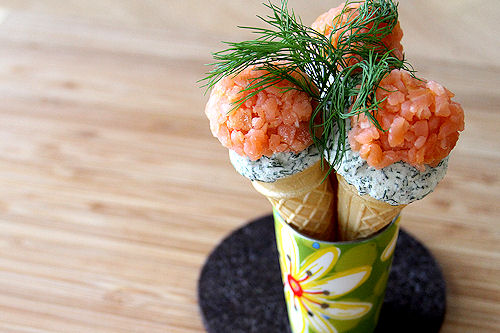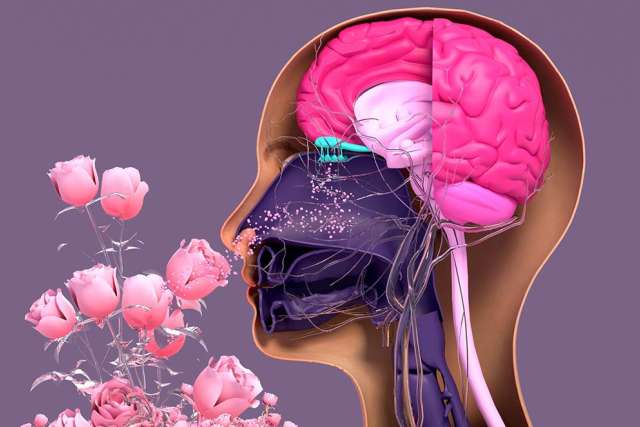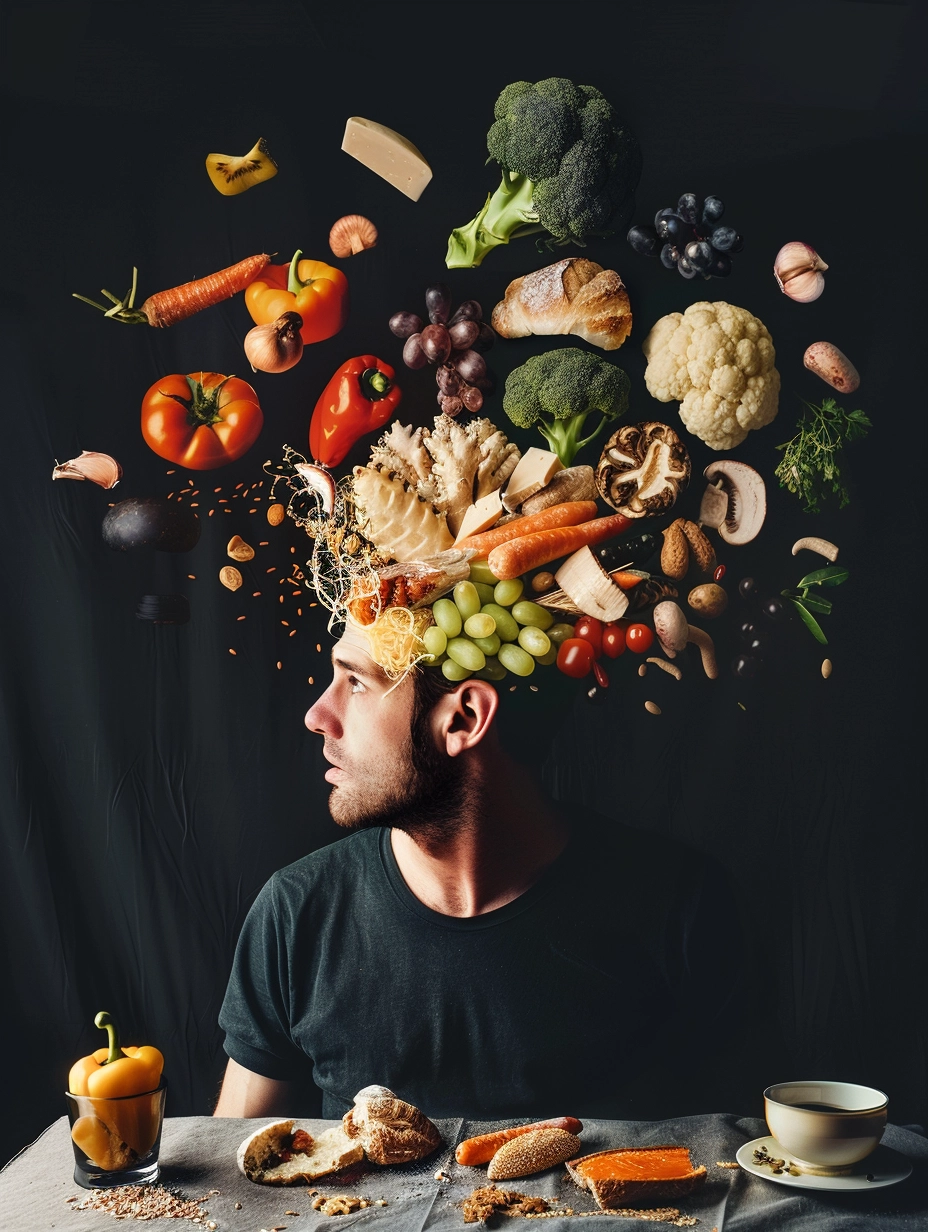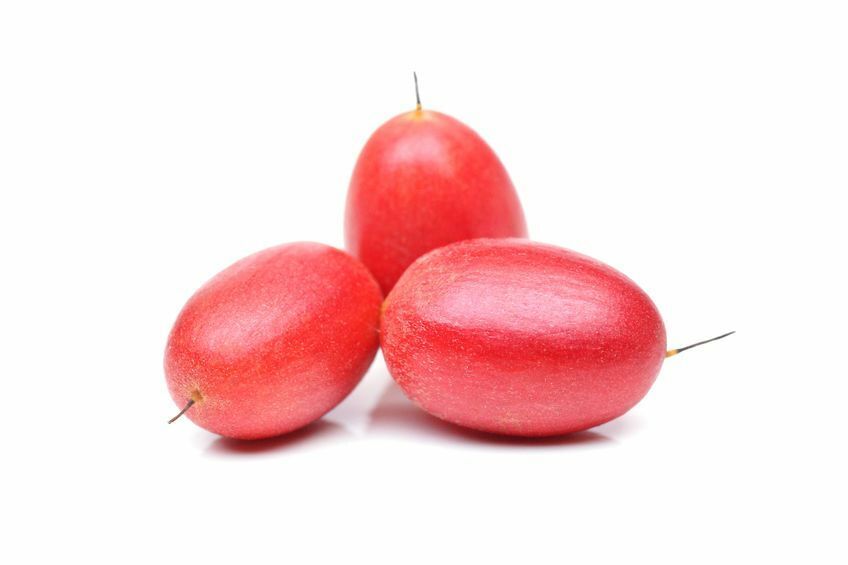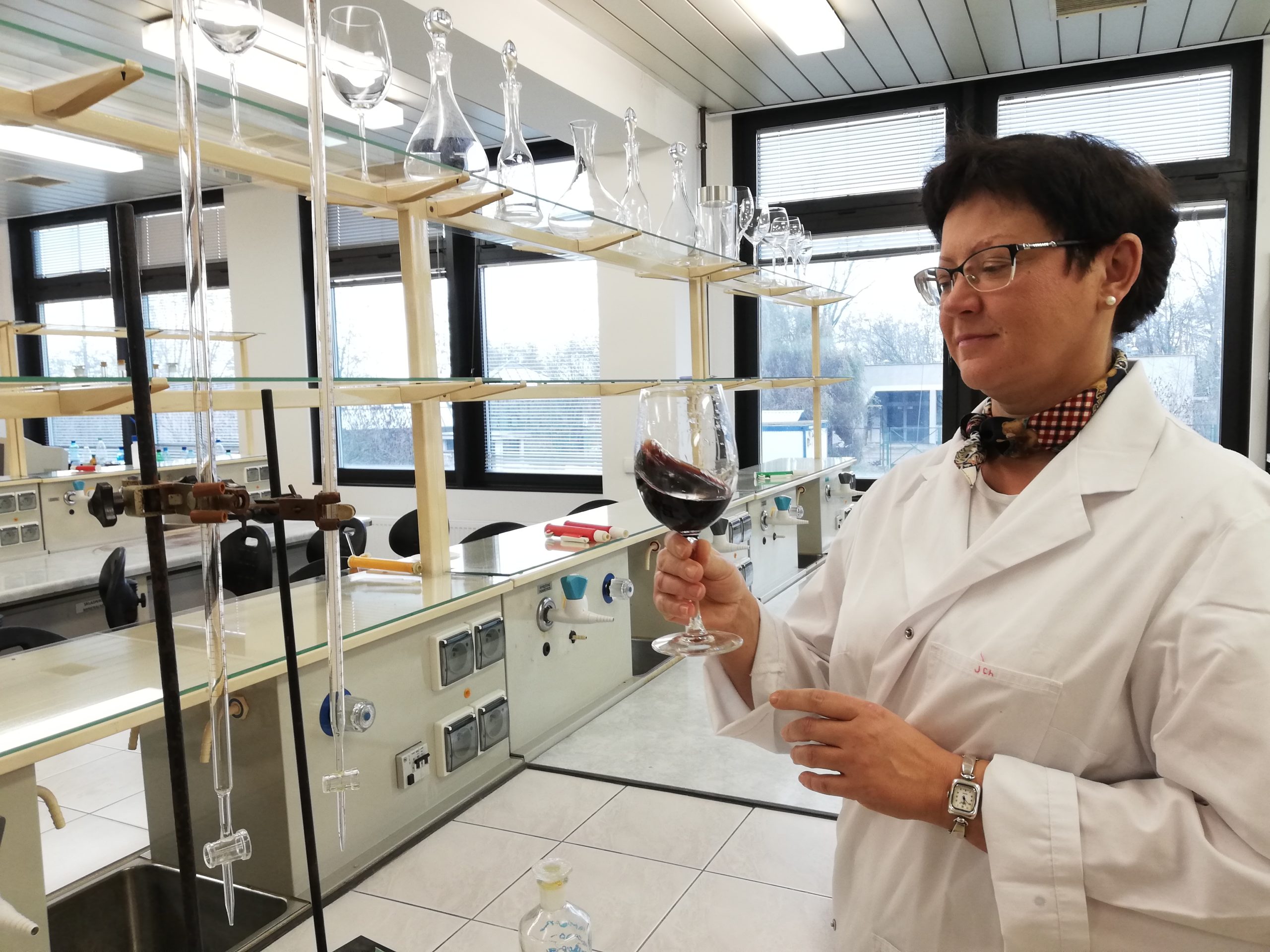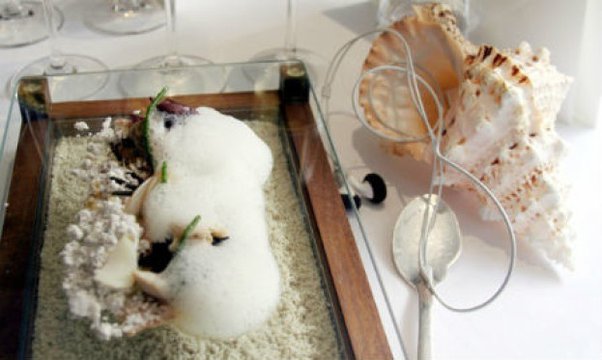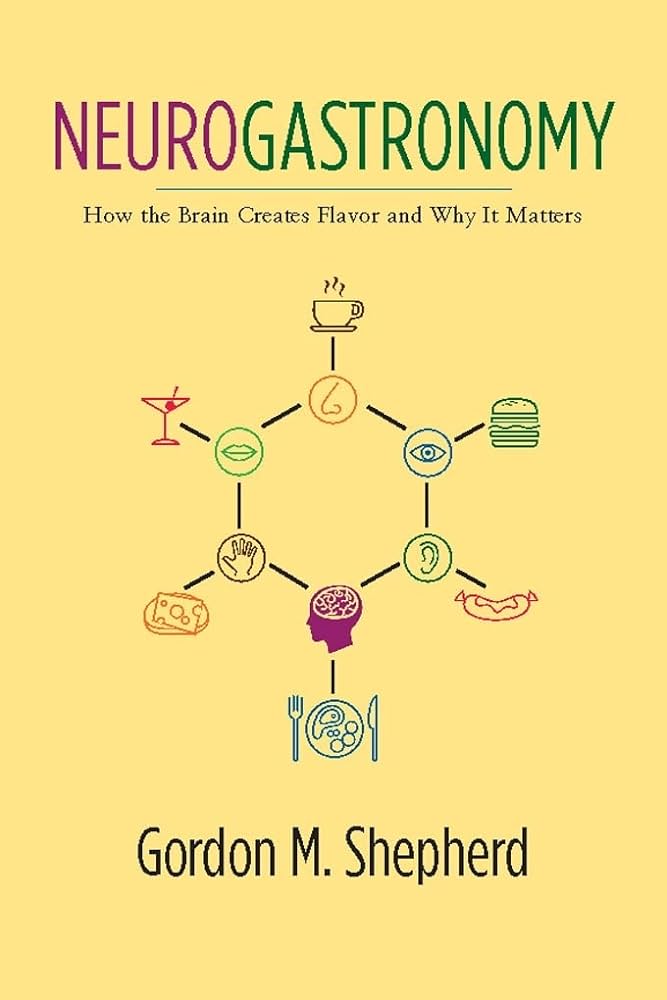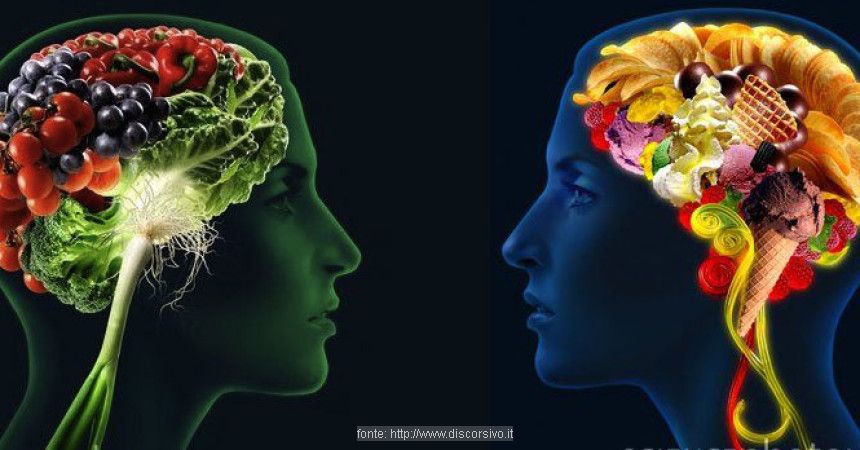ART-724- Alinea Restaurant-painted with food
Alinea has been universally praised for its innovative approach to modernist cuisine. It has been named the Best Restaurant in the World by Elite Traveler, the Best Restaurant in North America by The World’s 50 Best Restaurants, and the Best Restaurant in the U.S. by Gourmet and Business Insider. It is one of only 14 restaurants in the U.S. to earn the coveted Michelin 3-Star rating. It has also won James Beard Awards for Outstanding Restaurant in the U.S., Outstanding Service in the U.S., and Outstanding Chef in the U.S. ...


